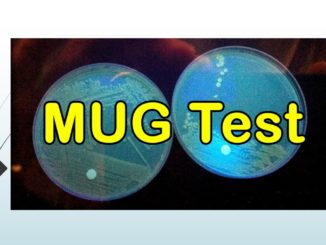
4-Methylumbelliferyl-β-D-Glucuronide (MUG) Test
Principle of MUG test: About 97% strains of Escherichia coli and organisms as such Salmonella, Shigella, and Yersinia are capable of producing enzyme β-glucuronidase. MUG […]

Principle of MUG test: About 97% strains of Escherichia coli and organisms as such Salmonella, Shigella, and Yersinia are capable of producing enzyme β-glucuronidase. MUG […]

Principle: Salmonella-shigella (SS) agar is generally employed for the selective isolation and differentiation of Salmonella and Shigella in both clinical and nonclinical samples. However, SS […]
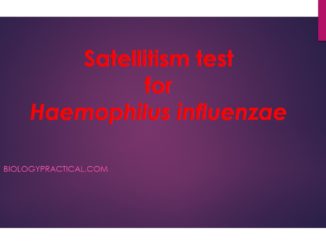
Principle: Haemophilus spp. typically grows on chocolate agar as smooth, flat or convex buff, or slightly yellow colonies. Chocolate agar provides hemin (X factor) and […]
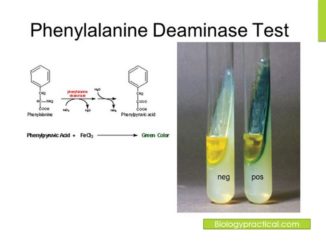
Principle: The phenylalanine deaminase (PDA) test is employed to differentiate among the urea- positive gram-negative bacilli on the basis of the ability of the microorganisms […]
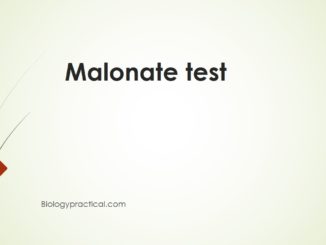
Objective: To check whether the organism is capable of utilizing malonate as sole source of carbon and energy for its growth. To categorize organisms on […]

Forest of Nepal According to the forest act 1993 of Nepal, forest is defined as all the area, which is fully or either partially occupied […]
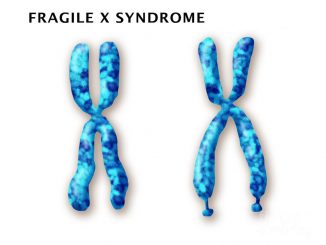
Fragile X syndrome (FXS): Fragile X syndrome is also known as marker X syndrome or Martin-Bell syndrome. It is one of the genetic disorders that […]

In higher plants, the sexual reproduction completes in 2 steps: Sporogenesis Gametogenesis In angiosperm, flowers are the designated structures of sexual reproduction. A flower is […]
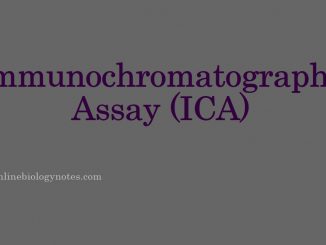
Immunochromatography Assay (ICA): It is also called as lateral flow dipstick immunoassay or simply strip tests, commonly called as lateral flow test. Immunochromatography is union […]
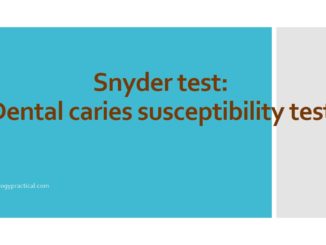
Principle: Dental caries (tooth decay) is damage to enamel of tooth that develop into tiny holes or openings caused by bacteria. In course of the […]
Copyright © 2024 | WordPress Theme by MH Themes